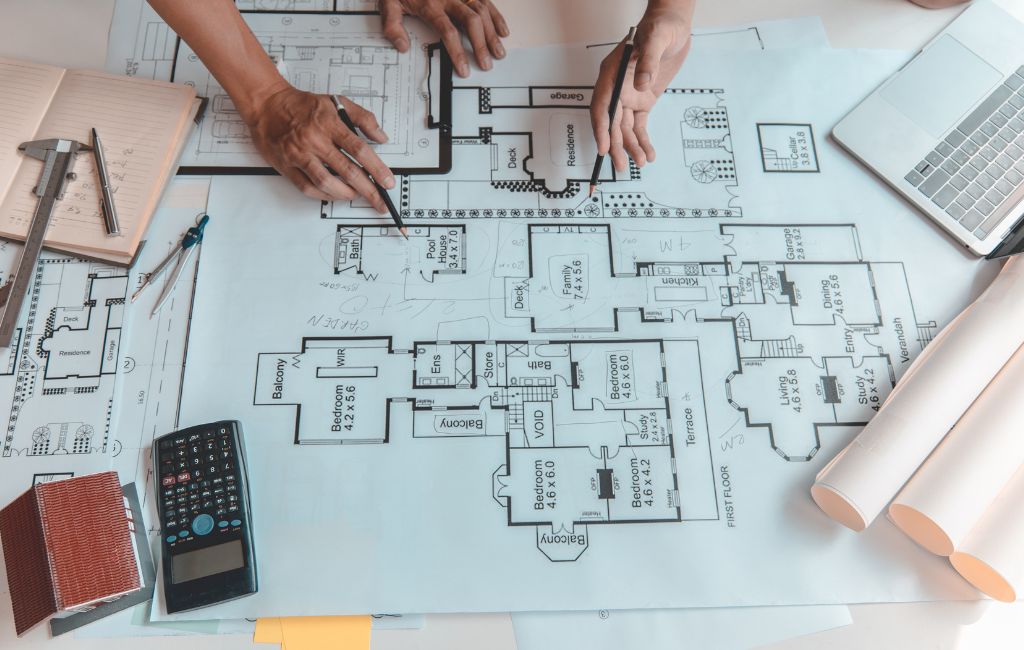Architect: Designing Spaces for Modern Living
In the contemporary era, the role of architects has evolved significantly. They are not just creators of buildings but visionaries who shape the way we live, work, and interact with our environment. This article explores the multifaceted responsibilities of architects in designing spaces for modern living, highlighting key trends, challenges, and exemplary projects.
The Role of Architects in Modern Society
Architects today are tasked with more than just creating aesthetically pleasing structures. They must consider sustainability, functionality, and the well-being of the occupants. Their work impacts urban planning, environmental conservation, and social dynamics.
Sustainability in Architecture
One of the most significant trends in modern architecture is the emphasis on sustainability. Architects are increasingly incorporating eco-friendly materials and energy-efficient designs. This shift is driven by the need to reduce carbon footprints and promote environmental stewardship.
- Use of renewable energy sources such as solar panels and wind turbines.
- Incorporation of green roofs and walls to improve air quality and reduce heat islands.
- Designing buildings with natural ventilation and lighting to minimize energy consumption.
Functionality and Flexibility
Modern living demands spaces that are both functional and flexible. Architects are designing multi-purpose areas that can adapt to various needs, from residential to commercial uses. This approach maximizes space utilization and enhances the user experience.
- Open floor plans that allow for easy reconfiguration.
- Modular furniture and movable walls to create adaptable spaces.
- Integration of smart home technologies for enhanced convenience and efficiency.
Challenges Faced by Modern Architects
Despite the advancements in technology and materials, architects face several challenges in their quest to design modern living spaces. These challenges include balancing aesthetics with functionality, adhering to regulatory requirements, and addressing the diverse needs of the population.
Balancing Aesthetics and Functionality
Creating a visually appealing structure that is also functional can be a daunting task. Architects must strike a balance between form and function, ensuring that the design serves its intended purpose without compromising on aesthetics.
Regulatory Compliance
Architects must navigate a complex web of building codes, zoning laws, and safety regulations. Compliance with these regulations is critical to ensure the safety and legality of the structures they design.
Addressing Diverse Needs
Modern societies are diverse, with varying needs and preferences. Architects must design inclusive spaces that cater to different demographics, including people with disabilities, the elderly, and families with children.
Exemplary Projects in Modern Architecture
Several projects around the world exemplify the principles of modern architecture. These projects showcase innovative designs, sustainable practices, and a commitment to enhancing the quality of life for their occupants.
The Edge, Amsterdam
The Edge in Amsterdam is often cited as one of the most sustainable office buildings in the world. It features a range of eco-friendly technologies, including solar panels, rainwater harvesting systems, and energy-efficient lighting. The building’s design promotes natural light and ventilation, reducing the need for artificial lighting and air conditioning.
Bosco Verticale, Milan
Bosco Verticale, or Vertical Forest, in Milan is a striking example of green architecture. The twin residential towers are covered with over 900 trees and 20,000 plants, creating a vertical forest that improves air quality and provides a habitat for wildlife. The project demonstrates how urban living can coexist with nature.
One Central Park, Sydney
One Central Park in Sydney is another notable project that integrates green design with modern living. The mixed-use development features hanging gardens, a cantilevered heliostat that reflects sunlight into the building, and a water recycling system. The project has received numerous awards for its innovative and sustainable design.
Future Trends in Architecture
The future of architecture is likely to be shaped by several emerging trends. These trends reflect the evolving needs and preferences of society, as well as advancements in technology and materials.
Smart Buildings
Smart buildings equipped with advanced technologies are becoming increasingly common. These buildings use sensors, automation, and data analytics to optimize energy use, enhance security, and improve the comfort of occupants.
Biophilic Design
Biophilic design seeks to connect occupants with nature by incorporating natural elements into the built environment. This approach has been shown to improve mental well-being, reduce stress, and enhance productivity.
3D Printing and Prefabrication
3D printing and prefabrication are revolutionizing the construction industry. These technologies allow for faster, more cost-effective construction and enable architects to create complex designs that would be difficult to achieve with traditional methods.
Conclusion
Architects play a pivotal role in shaping the spaces where we live, work, and interact. By embracing sustainability, functionality, and inclusivity, they create environments that enhance our quality of life. As technology and societal needs continue to evolve, architects will undoubtedly rise to the challenge, designing innovative and inspiring spaces for modern living.
